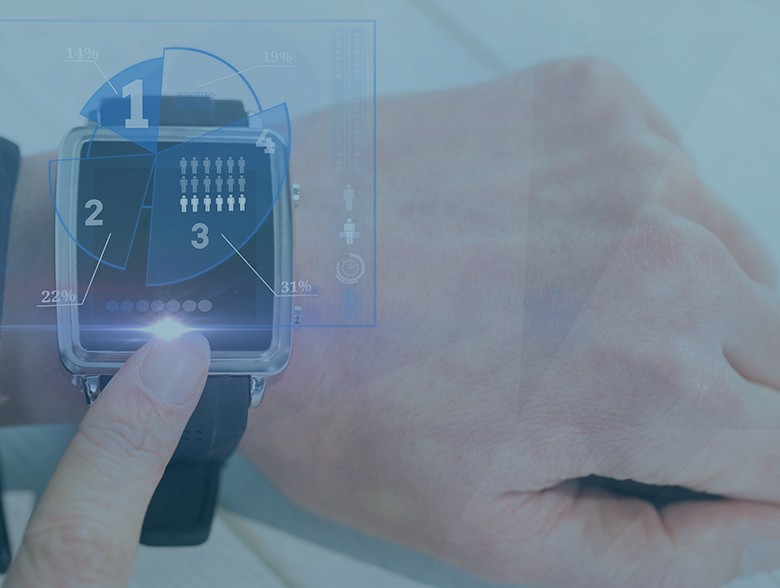Detecting threats and vulnerabilities in real-time is crucial for an effective cybersecurity strategy to protect against cybercriminals.
By Or Shoshani, CEO and Co-founder, Stream Security
Cybersecurity teams are often at a disadvantage when it comes to protecting digital data from cyber criminals. Security teams must ensure that systems are protected 24/7, while bad actors can conduct mass data breaches by preying on a single vulnerability. This inequity between roles illustrates a big obstacle for cybersecurity experts in a community where constant surveillance is required.
With the popularity of the Continuous Integration/Continuous Deployment (CI/CD) practice, DevOps teams are frequently deploying advanced software and configurations updates, while security teams are constantly chasing these updates to mitigate the introduction of new threats into their network.
Since the early 1990s, organizations have utilized standard cybersecurity processes like periodic vulnerability scanning as part of their defense strategies. Despite how established they are, these processes cannot offer 100% protection when used intensively. For example, daily vulnerability scans can take up to 23 hours of exposure, providing threat actors with more than enough time to exploit these weak spots.
This challenge is exacerbated by an organization’s composition and established procedures. The team assigned to incorporate exposures as a component of their deployment strategy is often the same team assigned to mitigate them, which may cause setbacks in response times. For example, if a security team documents a problem after 24 hours, the configuration associated with that issue has already been utilized. Repairing it poses severe risks to the environment’s resilience, potentially affecting corporate activities. Because of this, operations teams may give precedence to other activities, leaving a vulnerability unaddressed for an extended period.
The remedy for this ongoing issue is to mesh security and operations teams through real-time exposure detection.
Real-time exposure detection entails constantly evaluating exposure levels without depending on intermittent scans. Each modification in the environment is promptly analyzed to identify exposure levels.
Organizations can achieve the most success with real-time exposure detection by adopting the following best practices:
- Align with Organizational Requirements: Every organization has its own distinct needs, including its level of tolerable exposure. Security teams must implement parameters that cater to these specific needs, including pinpointing critical assets, analyzing risks in data flows, and mitigating threats internally.
- Encourage Operations To Be More Security-Minded: Operation teams must be well-informed of exposure levels for several reasons. First, operations teams can examine deployments before introducing security gaps, therefore shielding systems from exposures before they can occur. Second, instant exposure detection, when deployed, facilitates safe reversion because it gives the operations team sole reliance on the configurations and allows for speedy remediation.
- Adopt Automated Fixes: For best results, security and operations teams should agree regarding the guardrails they establish to provide automated responses when specific incidents occur. These rules are cultivated and outlined to generate efficient automated solutions.
Real-time exposure detection is vital in giving cybersecurity teams an advantage over cyber criminals. It provides organizations with the ability to respond quickly, work together effectively and bolster cloud environments, developing a more secure digital landscape for everyone. When time is of the essence, real-time exposure detection is critical to being in control of cybersecurity.
About the Author
 Or Shoshani is the CEO & co-founder of Stream Security. After serving in an elite IDF unit, Or Shoshani began his journey in the tech industry. He founded a data center startup that later became part of Mellanox, which is now a significant division within NVIDIA driving advancements in AI technology. Currently, Shoshani is serving as the co-founder and CEO of Stream Security. The company has a visionary mission to simplify cloud complexity and transform the way security and DevOps teams engage with the cloud. Over the past few years, Stream Security has developed a Cloud Twin model that combines posture and behavior awareness to revolutionize cloud operations and ensure security. Under Shoshani’s leadership, Stream Security is shaping the future of cloud computing, making it a safer and more efficient environment for everyone. Or can be reached online via LinkedIn and at the company website: https://www.stream.security/
Or Shoshani is the CEO & co-founder of Stream Security. After serving in an elite IDF unit, Or Shoshani began his journey in the tech industry. He founded a data center startup that later became part of Mellanox, which is now a significant division within NVIDIA driving advancements in AI technology. Currently, Shoshani is serving as the co-founder and CEO of Stream Security. The company has a visionary mission to simplify cloud complexity and transform the way security and DevOps teams engage with the cloud. Over the past few years, Stream Security has developed a Cloud Twin model that combines posture and behavior awareness to revolutionize cloud operations and ensure security. Under Shoshani’s leadership, Stream Security is shaping the future of cloud computing, making it a safer and more efficient environment for everyone. Or can be reached online via LinkedIn and at the company website: https://www.stream.security/


